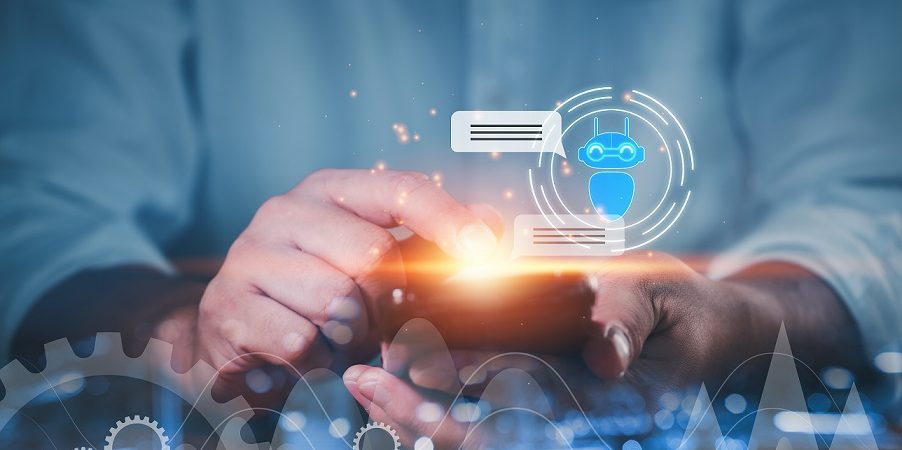Roberto Celestino, Expert in Artificial Intelligence (AI) at IBM Brazil, tells us about the history of AI and discusses the secrets of virtual assistant technology.
Technology has always been present in the popular imagination. Just remember movies or literature classics, such as Back to the Future or Jules Verne’s classics Twenty Thousand Leagues Under The Sea and Journey to the Center of the Earth.
But the participation of technology in the lives of human beings goes through different phases, media and conceptions. Today, the cognitive, previously restricted to the human mind, already inhabits the world of machines with virtual assistants and artificial influencers, for example, which are already part of our daily lives. But did you know that its origins predate the Internet or social media? For a better understanding, just look at the history of the itself.

The forerunner
It was in 1961 that IBM developed and demonstrated the so-called ‘Shoebox’, a forerunner of today’s speech recognition systems. This device was able to perform mathematical functions and recognized 16 spoken words in addition to the digits ‘0’ to ‘9’. Operated through a microphone, the apparatus converted voice sounds into electrical impulses. Discussions started around Natural Language Processing here: IBM Shoebox represented the threshold of research in this field and also influenced development in sectors such as speech recognition, including voice dialing systems, call routings and automated handset control.
The beginning of chatbots
In 1965, computer scientist Joseph Weinzenbaum programmed ‘Eliza’, the forerunner of chatbots, a system capable of simulating the process of conversation between machines and humans. It ran on the IBM 7094 Mainframe, with only 37 bits.
The role of Natural Language Processing (NLP)
Object of great debate among academics, technologists and other specialists in the sector, it is a fundamental component for analyzing and interpreting unstructured data, such as emails, electronic health whitepapers, posts on social networks, etc. Through coding algorithms, NLP allows machines to be able to extract the essense of the text and, from that, create reports and meanings. The solution aims to help businesses keep virtual assistants up-to-date with the latest responses and reduce the time consuming manual updates process.
Machine Learning and the future
When a set of Machine Learning is developed, the system learns as it is used: algorithms are created from the analyzed data and the generation of answers/insights, in a pre-built engineering with rules. Data makes the machine evolve over time. In the traditional method, a set of rules is created to generate an answer from the processing of the entered data.
When we insert this whole context in different spheres of society, we have a revolution: banks, stores, educational institutions, government entities, the health industry and many others seek, at a steady pace, the technological solutions that virtual assistants and AI can offer. If this technology has escalated at rapid speed over the past five years, we have a promising decade ahead.



